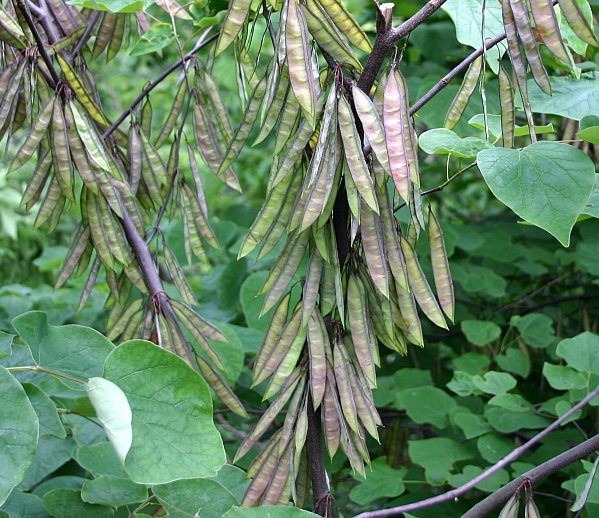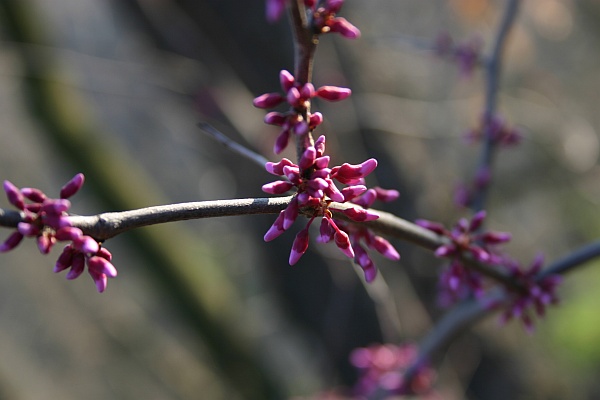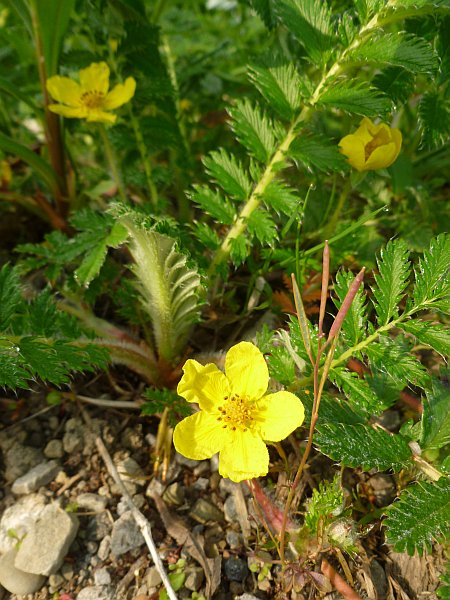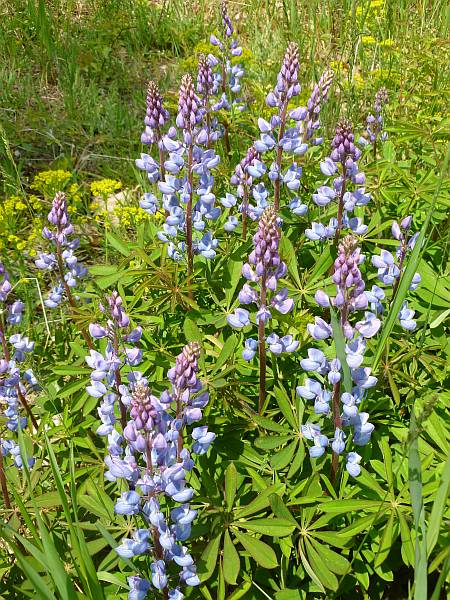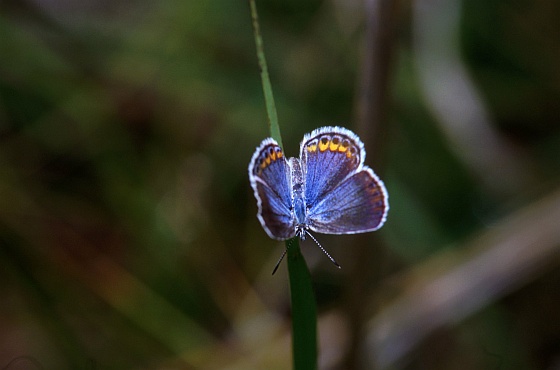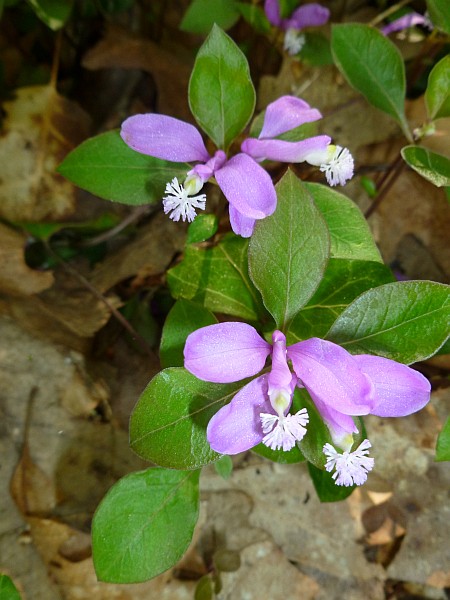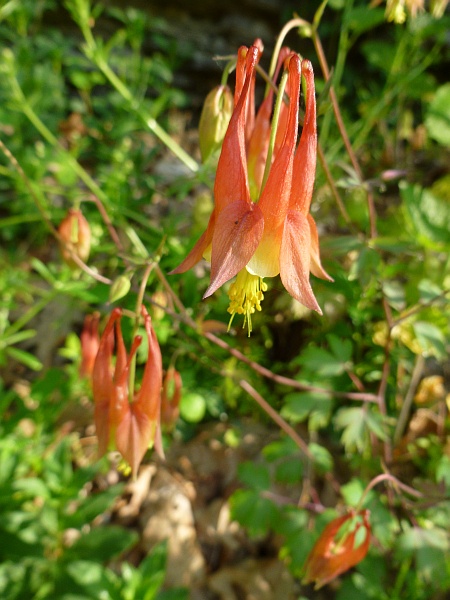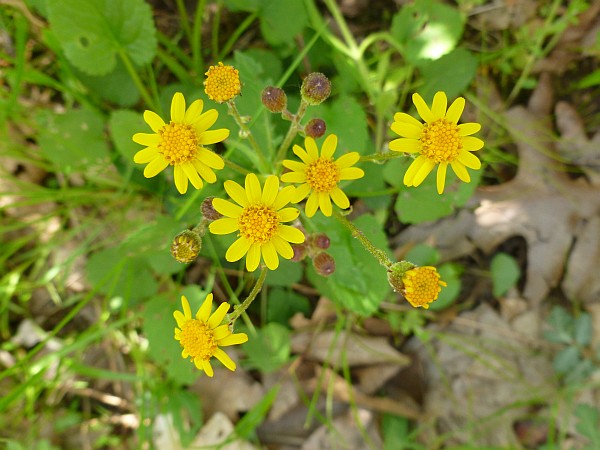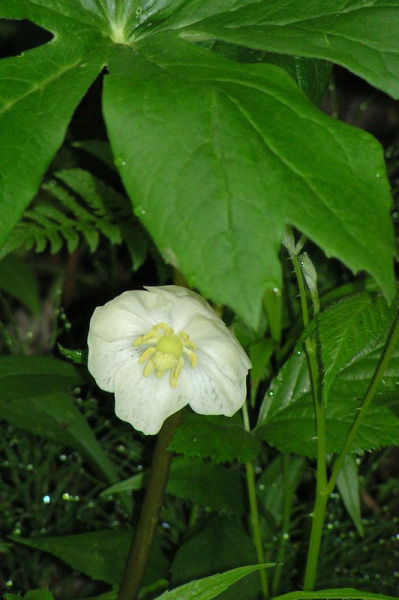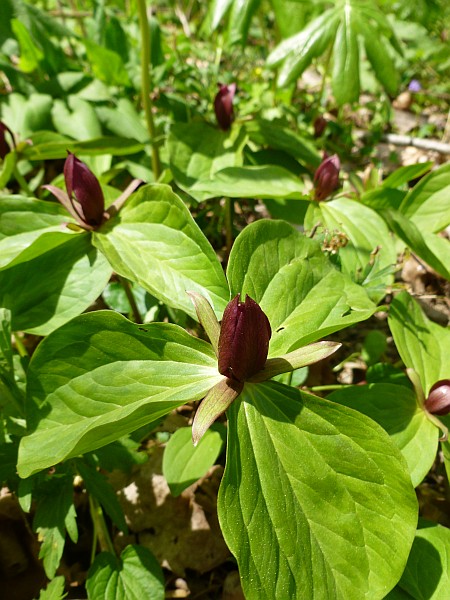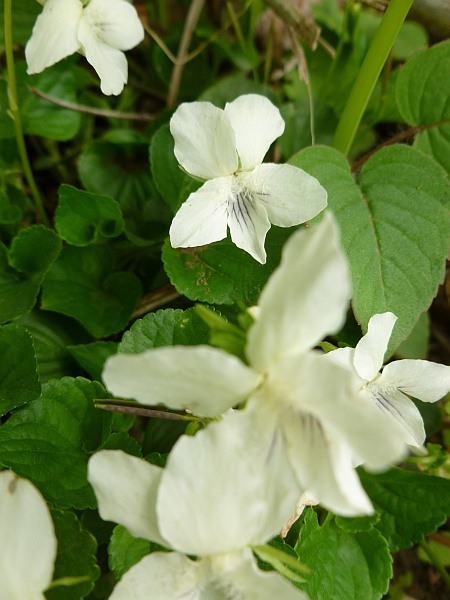
When Blue-eyed Mary (Collinsia verna) is at its peak the forest is carpeted in snowy blue.
The tops of the flowers are white, the lower lips blue. Up close they’re pretty, too.

These photos were taken last year at Braddock’s Trail Park in Irwin, Pennsylvania. Tomorrow you can go see them with the Wissahickon Nature Club. Judy Stark is leading an outing there on Thursday April 19 at 10:00am. See the details below.
I wish I didn’t have to be at work… 
April 19 – Thursday – 10:00am – Braddock’s Trail, Irwin , PA.
Judy Stark – Cell: 412-327-9537
Directions from Pittsburgh : Take 376E to Exit 78A to US 30E/Ardmore Blvd. toward
Forest Hills , go 11.0 miles. Pass Norwin Town Centre. At the next stoplight, take a
sharp Rt. on Robbins Station Rd. Follow it carefully for about 3 miles (it makes several
right and left turns) until it dead ends in the park.
The Blue-eyed Mary’s are spectacular here, as well as other Spring flowers. Bring a
bag lunch and a chair or blanket. There are 2 picnic tables and a porta-john.
The road through the park should be wheelchair accessible under a yellow gate.
(photos by Judy Stark, April 2011)
